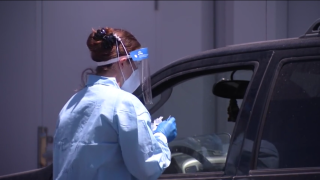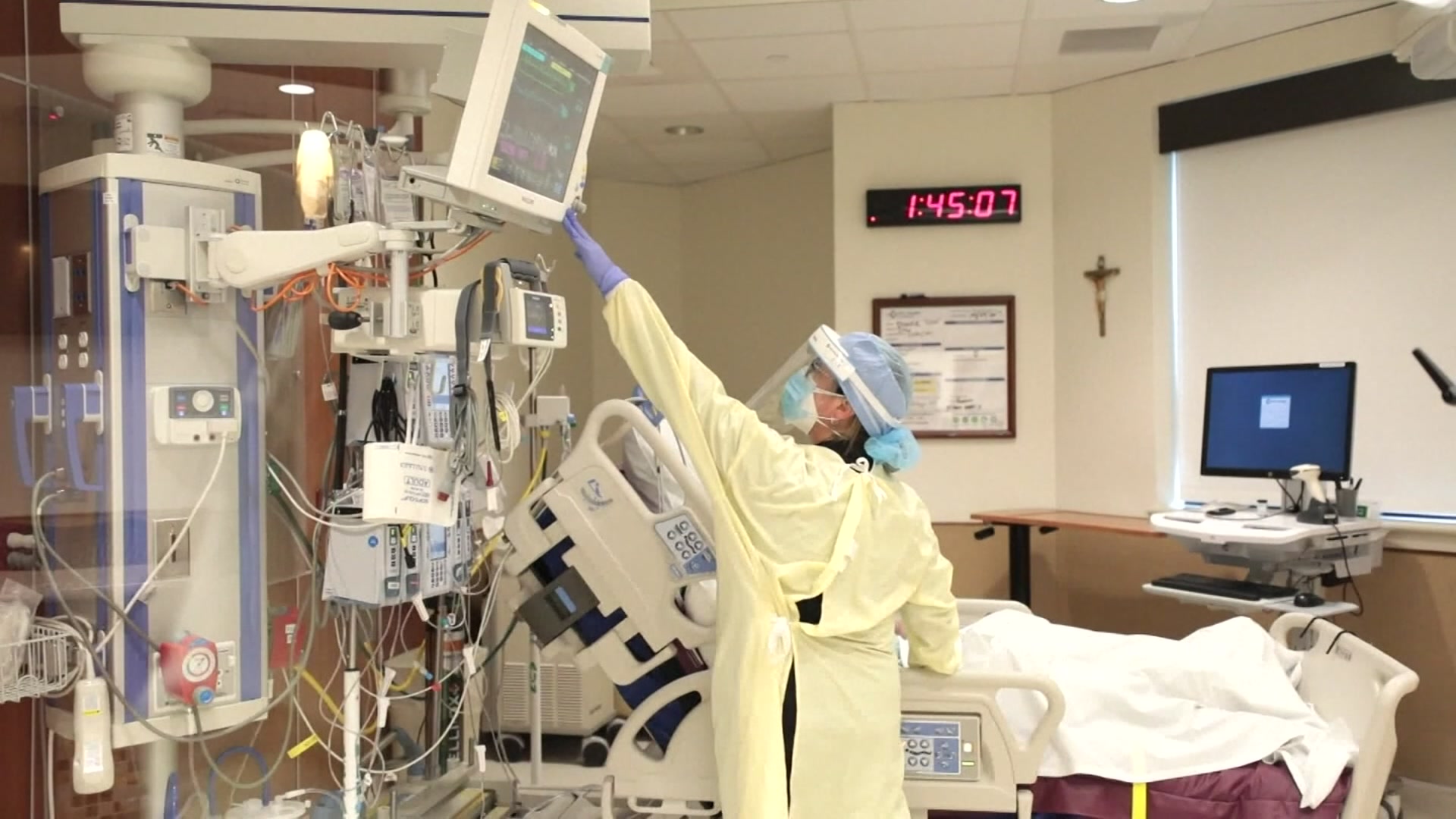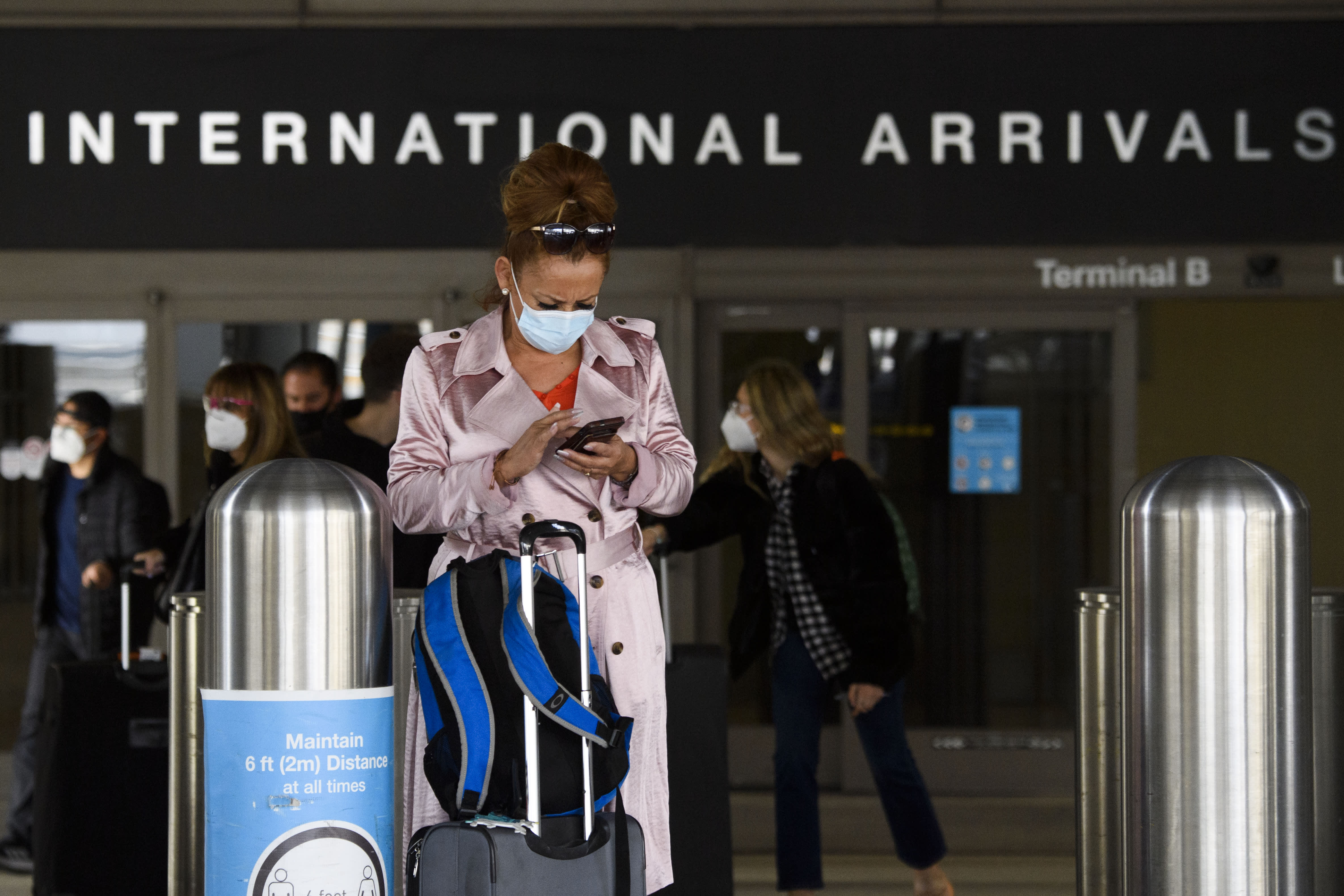
One day after sliding into the "high" COVID-19 community activity level, LA County reported nearly 9,000 new
infections, with the true number of new cases likely much higher but unreported due to the prevalence of take-home tests.
The 8,954 new cases reported by the county Department of Public Health Friday gave the county a cumulative total from throughout the pandemic of 3,207,071. The average daily rate of people testing positive for the virus was 17% as of Friday.
Health officials have noted that the actual number of infections is likely much higher, detected by over-the-counter at-home tests, the results of which are not always reported to the county.
Rising case numbers have led to increasing hospitalizations, and unfortunately more deaths. Another 16 virus-related fatalities were reported Friday, giving the county an overall death toll of 32,508.
Get top local stories in Southern California delivered to you every morning. Sign up for NBC LA's News Headlines newsletter.
According to state figures, there were 1,223 COVID-positive patients in county hospitals, up from 1,202 on Thursday. Of those patients, 120 were being treated in intensive care, down from 122 a day earlier.
Rising hospital numbers over the past few weeks led to the county being moved into the U.S. Centers for Disease Control and Prevention's "high" virus-activity level on Thursday. The move came when the average daily rate of COVID hospitalizations rose to 10.5 per 100,000 residents, surpassing the threshold of 10 per 100,000.
If the county remains in the "high" category for two weeks -- which appears inevitable -- it will reinstate a universal mandatory indoor mask-wearing mandate. That is expected to occur on July 29.
"The reality is that because we are living with a mutating SARS-CoV-2 virus, there remains uncertainty around the trajectory of the pandemic," county Public Health Director Barbara Ferrer said in a statement Friday. "The best way to manage the uncertainty and to reduce morbidity and mortality is to remain open to using both the sophisticated tools we now have, such as tests, vaccines, and therapeutics, and the non-pharmaceutical strategies, such as masking, ventilation, and distancing to layer on protections to respond to the conditions at hand."
"With the high rates of transmission fueling the increased risks, sensible safety precautions that can slow down the spread of the virus are warranted and that includes universal indoor masking," she said.
If the mask mandate takes effect July 29, it will remain in effect until the county falls back to the "medium" virus-activity category for two weeks, Ferrer said.
Masks are already still mandated in some indoor spaces -- health care facilities, transit hubs, on transit vehicles, airports, correctional facilities and shelters. A universal mandate would spread the requirement to all indoor public spaces, including shared office spaces, manufacturing facilities, retail stores, indoor events, indoor restaurants and bars and schools.
Ferrer said Thursday the recent spike in infections -- leading to the ultimate rise in hospitalizations and deaths -- has been fueled by the BA.4 and BA.5 variants of the virus. Most recent statistics show that of the county COVID cases undergoing specialized testing to identify variants, 48.2% were BA.5 and 14% were BA.4. That combined 62% rate is double the proportion from two weeks ago.
Health officials said the variants are dramatically more contagious than previous strains thanks to their ability to infect people who were previously infected with other variants.
Ferrer said she recognizes that "many people feel the risk is a lot lower right now," but she said the threat posed by the BA.4 and BA.5 variants is real.
"We're saying there is a need to worry,'' she said.



